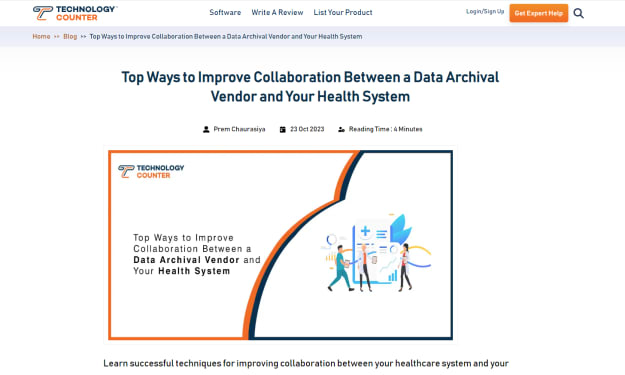Robotics and Automation.
Transforming Industries and the Workforce.

Introduction:
In the realm of technological advancements, robotics and automation have emerged as game-changers, transforming industries and reshaping the future of work. From manufacturing to healthcare, these cutting-edge technologies are revolutionizing the way tasks are performed, enhancing efficiency, and enabling new possibilities. In this article, we will explore the profound impact of robotics and automation on various industries, delve into real-life examples, and discuss the implications for the workforce. Join us on this exciting journey as we uncover the transformative potential of robotics and automation.
Manufacturing: Streamlining Production Processes:
a. Industrial Robotics: Robots have revolutionized the manufacturing sector by executing repetitive tasks with precision, speed, and consistency. They have significantly increased productivity, reduced errors, and improved workplace safety.
b. Collaborative Robots (Cobots): Cobots work alongside human workers, assisting with tasks that require dexterity and flexibility. They enhance human-robot collaboration, enabling the workforce to focus on complex decision-making and problem-solving.
c. Real-Life Example: The automotive industry utilizes robots for tasks like welding, painting, and assembly, leading to enhanced production efficiency and high-quality outputs.
Healthcare: Enhancing Patient Care and Assistance:
a. Surgical Robots: Robotic-assisted surgery allows for precise and minimally invasive procedures, resulting in reduced trauma, faster recovery, and improved patient outcomes.
b. Rehabilitation Robotics: Robots aid in the recovery and rehabilitation of patients with mobility impairments, providing personalized therapy and support.
c. Real-Life Example: The da Vinci Surgical System is widely used for robotic-assisted surgeries, allowing surgeons to perform complex procedures with enhanced precision and control.
Logistics and Warehousing: Optimizing Supply Chains:
a. Automated Guided Vehicles (AGVs): AGVs automate material handling tasks within warehouses, improving efficiency, reducing errors, and enabling faster order fulfillment.
b. Drone Delivery: Unmanned aerial vehicles (UAVs) are utilized for delivery services in remote areas or during emergencies, ensuring quick and efficient transportation.
c. Real-Life Example: Amazon's fulfillment centers employ robots for tasks like sorting, picking, and packing, enabling faster order processing and delivery.
Agriculture: Revolutionizing Farming Practices:
a. Agricultural Robots: Robots assist in crop monitoring, planting, harvesting, and pest control, increasing productivity, reducing labor costs, and optimizing resource utilization.
b. Autonomous Vehicles: Self-driving tractors and drones are used for precision agriculture, allowing farmers to monitor and manage their fields with accuracy and efficiency.
c. Real-Life Example: The use of robotic milking systems in dairy farming has improved milking efficiency, reduced labor requirements, and provided better data on herd health.
Workforce Implications and Opportunities:
a. Job Displacement and Reskilling: While automation may lead to job displacement in certain areas, it also creates opportunities for upskilling and reskilling. The workforce can transition into higher-value roles that require critical thinking, creativity, and adaptability.
b. Increased Efficiency and Safety: Automation and robotics can enhance workplace safety by handling hazardous tasks and reducing human error. This enables workers to focus on more complex and fulfilling responsibilities.
c. Collaboration between Humans and Machines: The future of work lies in humans and machines working together synergistically, leveraging the strengths of both to achieve optimal outcomes.
Conclusion:
Robotics and automation are reshaping industries, optimizing processes, and unlocking new possibilities. From manufacturing and healthcare to logistics and agriculture, these technologies have demonstrated their potential to enhance productivity, improve safety, and revolutionize the way tasks are performed. While concerns about job displacement exist, there are also opportunities for reskilling and focusing on higher-value roles that require uniquely human skills.
As we navigate the path of technological progress, it is crucial to embrace these advancements, adapt to the changing landscape, and foster a collaborative relationship between humans and machines. By harnessing the transformative power of robotics and automation, we can create a future where innovation and human potential intertwine, leading to a more efficient, productive, and fulfilling society.
Remember, the world of robotics and automation is still evolving, and there are endless possibilities waiting to be explored. Let us embrace this transformative journey and shape a future where technology empowers us to reach new heights of achievement.
About the Creator
Ogunwusi Adedapo Kolawole
In a world filled with endless possibilities, it is the brave souls who dare to dream and pursue their passions that leave an indelible mark on the tapestry of life. Meet: Ogunwusi Adedapo, a visionary, a dreamer, and an agent of change.





Comments
There are no comments for this story
Be the first to respond and start the conversation.